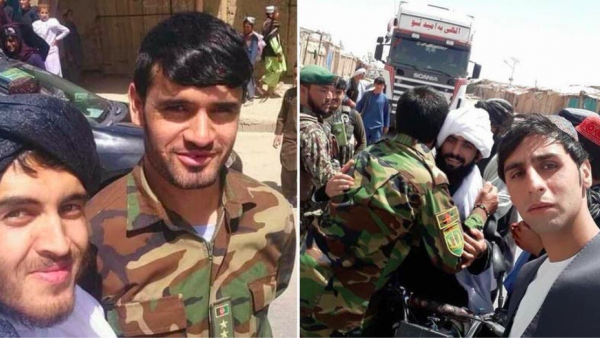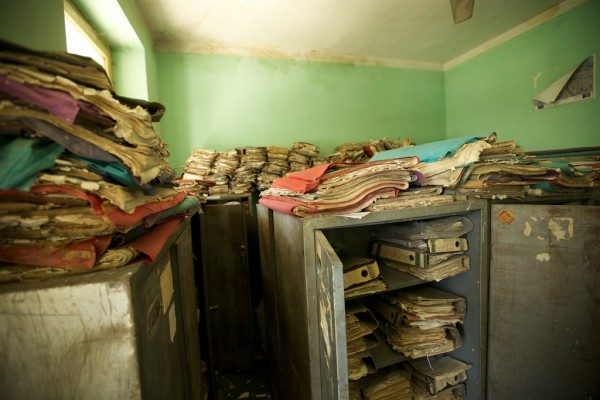Last week, news broke of a possible peace deal in Afghanistan, leading to a firestorm of speculation in the media about what’s going on. The reporting was not consistent, but the consensus is that the peace deal would call for negotiations between Afghans on both sides of the conflict to start next month, an eventual countrywide cease-fire, and a commitment from the Taliban not to harbor terrorist groups like al Qaida, while setting a timetable for the withdrawal of U.S. troops.
A famous quote incorrectly attributed to Winston Churchill, “Jaw Jaw is better than War War” (actually, he said, “Meeting jaw to jaw is better than war,” which makes more sense) reinforces that this is (potentially) good news. The devil is in the details, and we do not know what “reduction of violence” means to the United States or “withdrawal of U.S. troops” means to the Taliban.
The Taliban are not a monolithic organization but several competing factions. We have been dealing with the Quetta Shura, which represents, but cannot speak for, the other players like the Miranshah Shura (primarily the Haqqani Network) or the Peshawar Shura. That being said, the Taliban did deliver on an Eid ceasefire agreement last year, and that ceasefire held.

We can get a reliable read on what the Taliban considers a reduction of violence in this detailed report from the always reliable Afghan Analysts Network. From the linked report:
Another Pakistani newspaper, quoting an un-named Taleban official, reported that the movement had agreed not to carry out attacks in major cities including Kabul and would not use car bombs and that the Taleban had also offered not to attack US bases and US soldiers, and that they wanted the US to cease air strikes in return. The newspaper said it had learnt “that Khalilzad had urged” the Taleban to agree to more measures, including a halt to IED attacks, but that they did not agree “as they have planted IEDs in many areas and it is difficult for them to remove all [of them].” Furthermore, the paper reported, the US also wanted a pause in Taleban attacks on Afghan government forces’ check posts, “which was also a concern of the Afghan government.”
Senior U.S. military officials (speaking off the record) in Afghanistan stressed that U.S. counterterrorism operations in Afghanistan against the Islamic State group and al-Qaida will continue, separate from the truce agreement. This is problematic for several reasons, not the least of which is that ISIS-K in Nangarhar Province has been defeated.
Their fighters have mostly surrendered to the government or gone to ground. There are ISIS-K cells in the north of the country, but they are not large or powerful and are in the sights of the same fighters who rid Nangarhar Province of ISIS, and those fighters are Taliban.
The counterterrorism mission in the eastern part of Afghanistan has been focused on ISIS-K (Daesh to the locals) for years. Now that ISIS-K is gone, the Special Forces teams are flying around the province conducting ‘Key Leadership Engagements’ like the one I wrote about last week. That occurred in the Sherzad district, which is very close to Jalalabad and full of former HiG fighters who have cooperated with the Taliban on and off over the years. They cooperate mainly because Taliban shadow courts settle land disputes quickly and, they feel, reasonably.

The time for our SF troops and the Afghan varsity Commandos to be running around district centers meeting with key elders seems long past. The local elders know all about the dysfunctional government in Kabul and will not be convinced it has their interests at heart until the government demonstrates it.
With ISIS-K on the ropes, trying to separate Taliban connected fighters from al Qaida will be problematic. The remaining senior al-Qaeda leaders have successfully gone to ground inside the tribal areas of Pakistan and do not need to move anywhere. Al Qaida has a presence at Taliban training camps and may even run a few, but I have no doubt the Taliban understand the consequences of allowing them to use their territory for international Jihad.
If there are no independent al-Qaida formations, then if you go after them, you are still going after the Taliban.
The incident rate in Afghanistan has plummeted this year. Some of this is due to the pounding the Taliban have taken from American air attacks, which increased dramatically in 2019. Some of this can also be attributed to the Taliban winding down operations as the peace talks continued. The stats below come from The Armed Conflict Location & Event Data Project.
Time will tell, but it seems that the end to American involvement in Afghanistan is near. But if you pull all the training support missions out and leave a Special Forces task force to continue hunting “al-Qaida and ISIS,” it will test, if not break, the fragile peace. We need to pull everyone out and let the Afghans settle things themselves. Continuing night raids and killing bad guys in Afghanistan does not reduce any threats to our homeland. It’s time to admit that and act accordingly.


